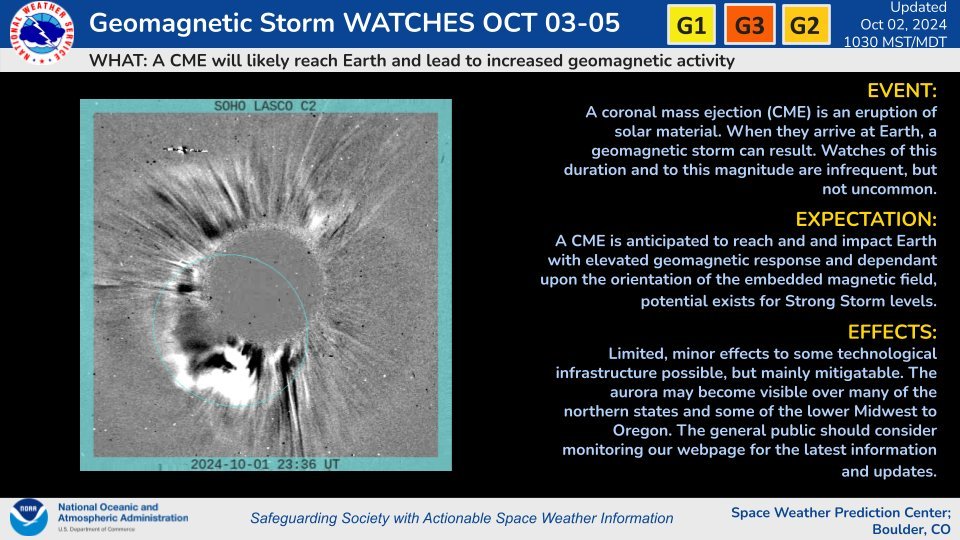Trick-or-Treat: A Potential Spooky ‘Headless’ Comet Could Be Visible Across Canada Around Halloween
/It's been a spectacular year for skywatchers across Canada, with events like solar eclipses, supermoons, and vibrant northern lights lighting up the night. Now, it looks like we might be in for another treat—a "headless" comet could make an appearance just in time for Halloween.
October seems to be the month of comets, with Comet Tsuchinshan-ATLAS gracing the early evening skies recently. Many stargazers caught glimpses of the comet, which was visible in the western sky just after sunset. Although it has since faded from naked-eye visibility, you can still catch it with a telescope, and it will remain somewhat visible into early November.
But the cosmic show isn’t over yet. A second comet, called Comet ATLAS (C/2024 S1), may arrive just in time for Halloween, and it comes with a spooky twist—it could appear "headless." The comet’s name might sound familiar because it was discovered by the same ATLAS asteroid tracking system, known for spotting objects that could potentially impact Earth.
The main difference between this upcoming comet and the earlier one lies in its path. While the first comet passed safely between Earth and the Sun, around 40 million miles from the Sun, this new comet will come much closer, potentially within 700,000 miles of the Sun's surface. Because of this close approach, scientists predict that the comet’s head—its bright core—might disintegrate due to the Sun's intense heat, leaving just a faint, trailing tail visible from Earth.
To understand what makes a comet appear "headless," it's important to know a bit about its structure. Comets are made up of a nucleus, or core, composed of rock, dust, and frozen gases. When they approach the Sun, the heat causes the frozen gases to vaporize, forming a glowing coma around the nucleus and a tail that extends away from the Sun. If the nucleus disintegrates, the glowing head might vanish, leaving behind only a ghostly tail, hence the term "headless comet."
ESTIMATED BRIGHTNESS OF COMET - SOURCE: sKYWALK.SPACE
The exact visibility of this comet remains uncertain. It will come closest to Earth on October 24th as it travels toward the Sun, reaching its closest point to the Sun, known as perihelion, on October 28th. There’s even a chance it could be bright enough to see during the day, potentially appearing as bright as Venus from 7:12 AM to 8:06 AM (ET) in the east-southeastern sky.
However, those in the Northern Hemisphere may struggle to spot it due to its position low in the sky near the Sun, making it difficult to see without obstruction from sunlight or clouds.
NASA offers some tips for spotting the comet during this close approach. To view it safely, you should block the Sun with an object such as a building or tree, then scan the lower left of the Sun's position in the sky. Be cautious and never use binoculars or telescopes, as accidentally focusing on the Sun can cause serious eye damage.
If the comet survives its close encounter with the Sun, it could become visible in the night sky around Halloween. This would provide skywatchers with a unique opportunity to see a potentially "headless" comet, with a long, wispy tail but no visible nucleus. The darkness of the moonless night sky could offer ideal conditions for observing this unusual celestial visitor, making it a fitting cosmic event for the spooky season.
There is always the possibility that the comet disintegrates completely, leaving nothing visible to the naked eye. But if it endures, it will gradually fade after November 1st, requiring binoculars or a telescope for further observation. Unlike earlier this month, when a supermoon washed out the sky, the absence of a full moon could make for an even more impressive show, assuming the comet survives.
Stay tuned for updates as we keep an eye on this intriguing comet.




















